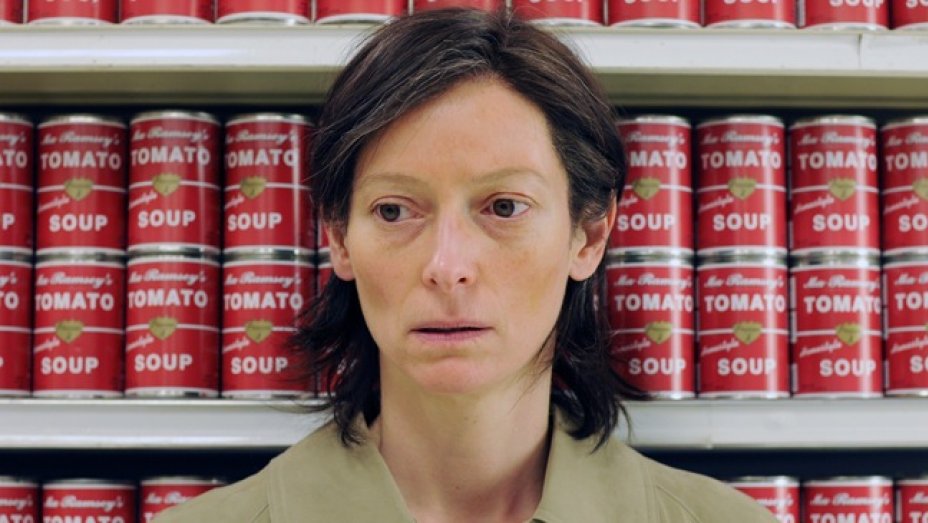
The following synopsis previews a bloodcurdling terrorfest.
A zany scientist desires god-tier power, so he invents a shrink ray that reduces his children and their friends to the size of thumbtacks. The result: otherwise humdrum household items become death traps and once harmless insects change into apex predators who stalk the kids through an inescapable labyrinth.
On the flip side, according to Disney, that summary describes a beloved family feature starring bespectacled brainiac archetype, Rick Moranis. Though this picture provides the first entry on our list of 10 secret horror films disguised as other genres, it marks only one frightmare masquerading as something less insidious. Wait until you see what sinister happenings lurk in other movies you thought you knew.
1. Honey, I Shrunk the Kids
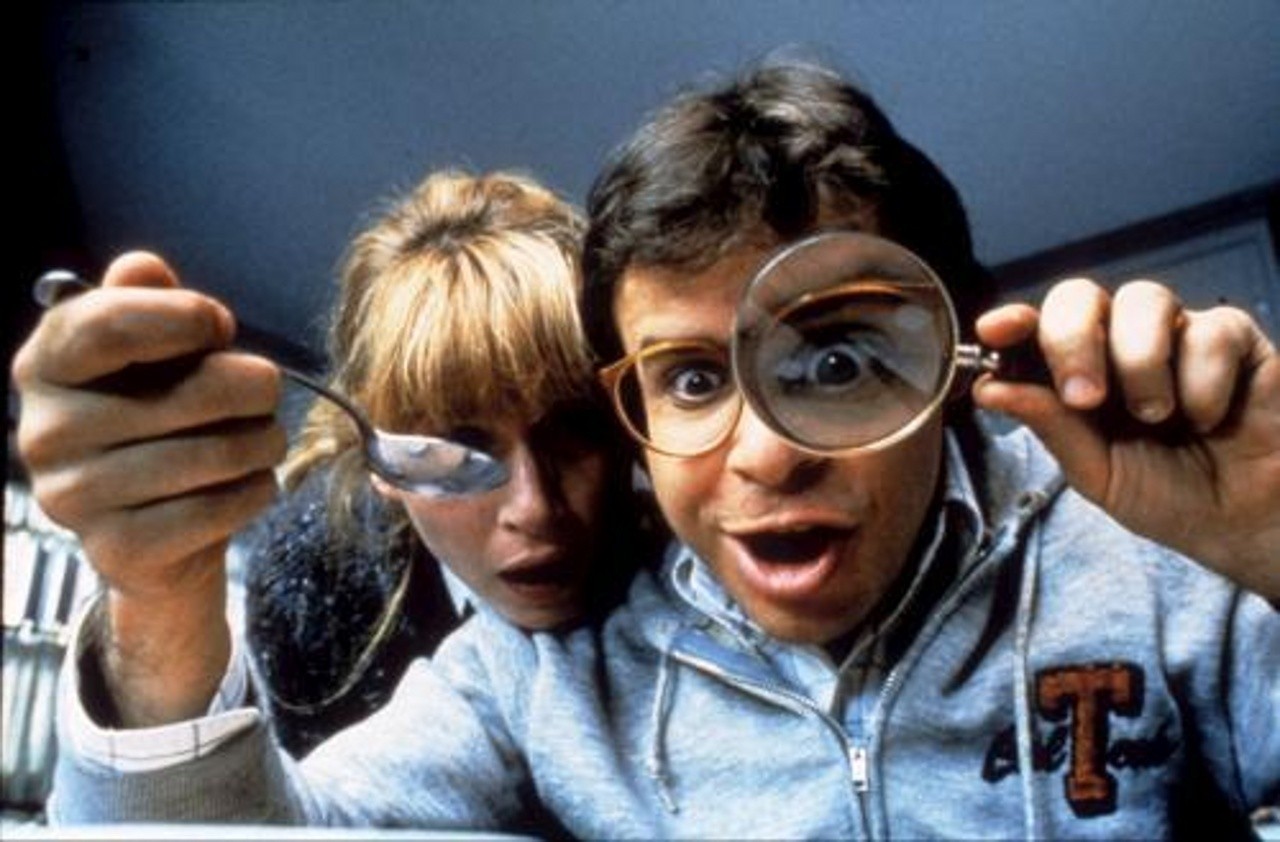
A ribbon of constant peril runs through Honey, I Shrunk the Kids, and that lingering dread keeps the teenage protagonists standing mere inches from their demise. Disney slapped a family friendly label on the movie, a designation many audiences accept despite the string of traumatizing near-death experiences unfolding before their eyes.
In fact, with a flag planted in 80’s-era exploitation cinema traditions, the film’s danger happens in the most phantasmagoric scenarios imaginable. To get concrete, one child almost gets eaten, but before that occurs, he tumbles into a wading pool-sized bowl of Cheerios.
The puzzle starts falling into place once the production history comes to light. Stuart Gordon, who created the exploitation classics Re-Animator and From Beyond, sat in the director’s chair before debilitating stress and corporate micromanaging jettisoned him from the project.
Did Gordon’s mind give us that mutant bumble bee, the insect with a poised stinger perfect for skewering a teenager? As well, let us not forget the scorpion, whose gargantuan size and vengeful demeanor scurries straight out of the Book of Revelations.
These spooky hellbeasts hold murderous intentions for the children, making the film a creature feature without the gore and swear words of an R-rated picture. And even when the monsterly threats resolve, a remote-controlled lawnmower comes barreling toward our adolescent victims with the promise of pulverizing them to bloody chunks. Other than that, the script gives us near suffocation inside a trash bag, almost drowning in a lawn sprinkler, and the lingering question of what happens when the adults find a miniscule corpse smashed against the soles of their shoes.
2. Being John Malkovich
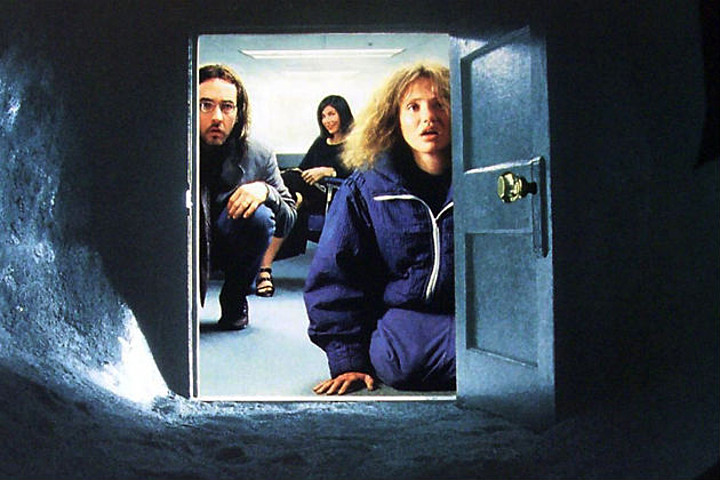
Dressed up as a quirky black comedy, Being John Malkovich thrives on its refreshing inventiveness, but in reality, it exhibits all the trappings of a possession film. Despite the unapologetic originality, the narrative mirrors The Exorcist. Questions of autonomy and threats of human sacrifice run throughout, and though the script leaves out soupy, green vomit and genital mutilation via crucifix, the story still hinges on one entity controlling another. After all, what happens when the host vessel loses their grip on the cerebral steering wheel forever?
Not a slew of screenwriters bear a household name, but Charlie Kaufman provides an exception. When you blend the philosophical whimsy that drives his storytelling with director Spike Jonze’s knack for exploring isolation vis-à-vis social ineptitude, a horror designation seems far-fetched.
At least, it seems that way at first, until one realizes how their film places bodily governance as a central crisis. 12-year-old Regan MacNeil of The Exorcist fame undergoes almost identical circumstances. The same goes for Chris Washington, the protagonist from the 2017 possession picture Get Out, who spends most of the story evading infiltration.
Once Being John Malkovich’s third act begins, the story becomes a rat race wherein aging cult members battle an obsessive, oblivious puppeteer for the right to colonize a human being. Call it absurdist, introspective, or satirical, but no adjective changes the sadistic psychology that motivates these twisted characters. A film wherein satisfaction stems from the plight of others, Jonze/Kaufman’s first effort nestles snugly inside the horror camp.
3. A Clockwork Orange
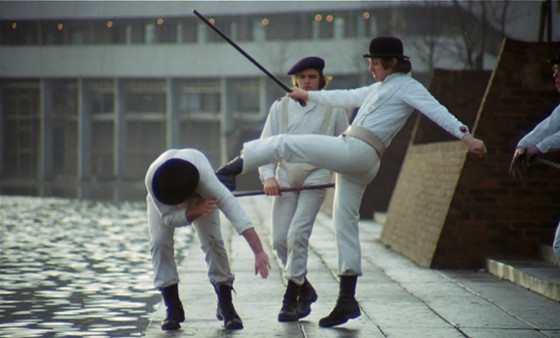
Long touted as the poster child for arthouse cinema that posits tough moral questions, A Clockwork Orange managed to transcend any single classification. Technophobia elements suggest science fiction while the film’s critique of the justice system pushes it toward crime drama territory.
Regardless, Kubrick aimed to sink his claws in from the get-go, injecting audiences with a paralyzing fear that persists long after homicidal hoodlum Alex DeLarge smirks at the audience in the final scene. No doubt Kubrick accomplished his goal in a powerful way. After all, the film sketches a portrait of a killer so cavalier about his actions that he sings show tunes while committing atrocious violence.
All that leads to a big hairy question. What one trait creates a cinematic killer? Jason Vorhees, the Xenomorph, Hannibal Lecter, the Babadok, Michael Myers—not one of these ghouls wield the power to change. Neither does Alex DeLarge. His unalterable default setting dictates that he wakes up, sips tea and munches toast, and commits acts of extreme heinousness. Therein lies the chief reason the film oozes horror tropes more than any other category: the big baddie not only refuses to change, but remains unable to do so.
Anthony Burgess, who penned the novel on which Stanley Kubrick based his film, imagined a character capable of altering his behavior. “He grows bored with violence and recognizes that human energy is better expended on creation than destruction,” the author writes in the novel’s introduction.
“Senseless violence is a prerogative of youth, which has much energy but little talent for the constructive.” In this regard, the film meets the criteria necessary to constitute its horror film status. The novel, which showcases even more ghastly events, functions outside that category.
4. Willy Wonka and the Chocolate Factory
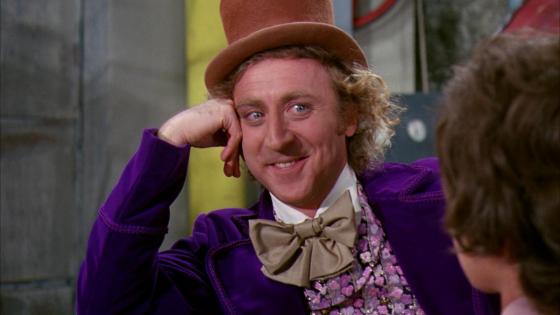
That ferry boat/tunnel scene saddles most everyone with an irreversible case of the heebie-jeebies. For good reason, too, as it includes a millipede scurrying its hundred-plus spindly legs across the indented space between a person’s nose and upper lip.
All the while, a rainbow of strobelights pulse and dance across the demented candy man’s face. This unfolds as Wonka recites a poem that suggests murder features on the day’s to-do list, and thus the children and parents sit aboard the vessel, wondering what sadistic traps await them.
Many cite that bone-chillingly spooktacular scene as Willy Wonka and the Chocolate Factory’s lone horror moment, but the picture’s genre elements run deeper than one terror-packed snapshot. Really, the movie serves as a psychological and survival horror feature about a sanctimonious business owner who tortures children as punishment for violating tenets of a self-designed moral code. In other words, remove the playful somersaulting, ditch the top hat ensemble, and you get left with Jigsaw’s more menacing predecessor.
To keep its designation as a children’s cautionary tale, director Mel Stuart throws in a couple of musical numbers, but Oompa Loompa dance sequences fail to deflect the events that make us shiver and panic. In fact, the nonchalance those scenes promote makes the film all that much scarier. Assuming the kids survived Wonka’s orchestrated death traps, Mike, Violet, Veruca, and Augustus almost definitely live with the albatross of extreme PTSD.
5. We Need to Talk About Kevin
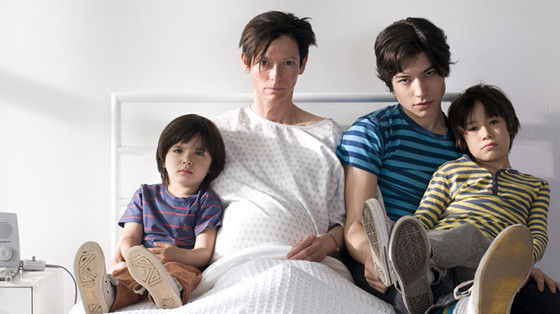
Like Mr. Kubrick before her, Lynne Ramsay created a shatteringly hopeless film, a story that leaves no trace of a silver lining and ensures that we leave without learning any kind of lesson. The worst part? We Need to Talk About Kevin reflects the real world, showing us what exists instead of dealing with what-if hypotheticals.
We watch as the titular Kevin transitions from fussy infant to a school shooter who uses a bow and arrow—a more primitive weapon compared to today’s all too common assault rifles—to savor the experience of ending his classmates’ lives. Those kept alive only remain breathing so the dastardly Kevin feels satisfied that someone bears witness to his deeds. Simply put, he wants to taste the terror he inflicts.
Subject matter so candid, so raw, and so tragically relevant creates the risk of exploiting the crushing reality of school violence, but Ramsay’s picture functions far outside those cheap maneuvers. Her main objective remains stark: the director tells the unrelenting truth.
Working under a commitment to uber-realism, We Need to Talk About Kevin compares to the slow burn killing spree seen in Henry: Portrait of a Serial Killer, one of the most terrifying forays into the perverse landscape of the psychopathic mind. But where that film illuminates a speculative situation, Ramsay’s work pulls the curtain back on the horror that we see on the news and forget in an effort to keep sane.
She accomplishes such a feat via storytelling that rejects exposition. Ramsay’s movie opens with the camera inching toward a gauzy curtain. What lies beyond the billowing drapes? Do we want to know? Before we find out, we hear sharp, howling wind, then a faint ticking rhythm adds another layer to the soundscape. The gentle hiss of that lawn sprinkler, a classic image of privileged suburbia, becomes a death-knell. And this description tackles only the first few minutes.
Wearing the mask of a family drama, the film checks even the most sophisticated horror boxes. The scariest stories reflect that which happens in actual life, and the systematic massacre of schoolchildren provides a sadly perfect example.
No matter how horrific, Kevin’s crimes against his family and schoolmates come from a place of strategy and patience. His meticulous plan happens on a schedule, calculated every step of the way. Since horror films mean to frighten us, this one accomplishes its mission flawlessly.